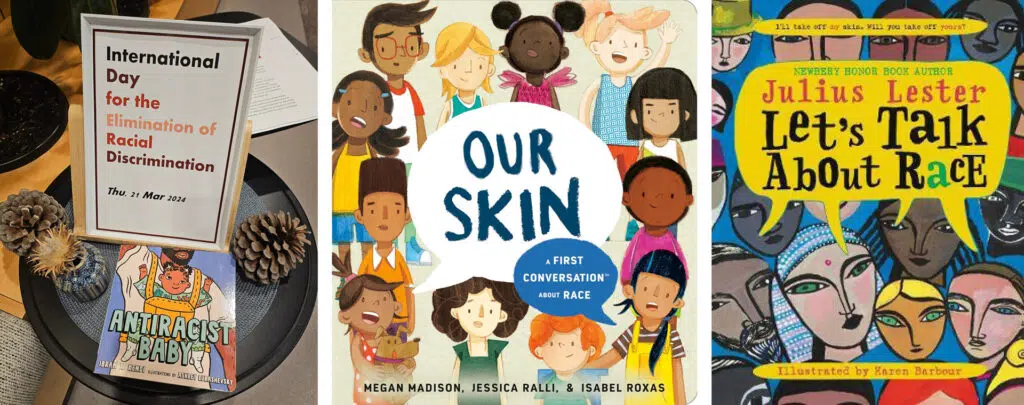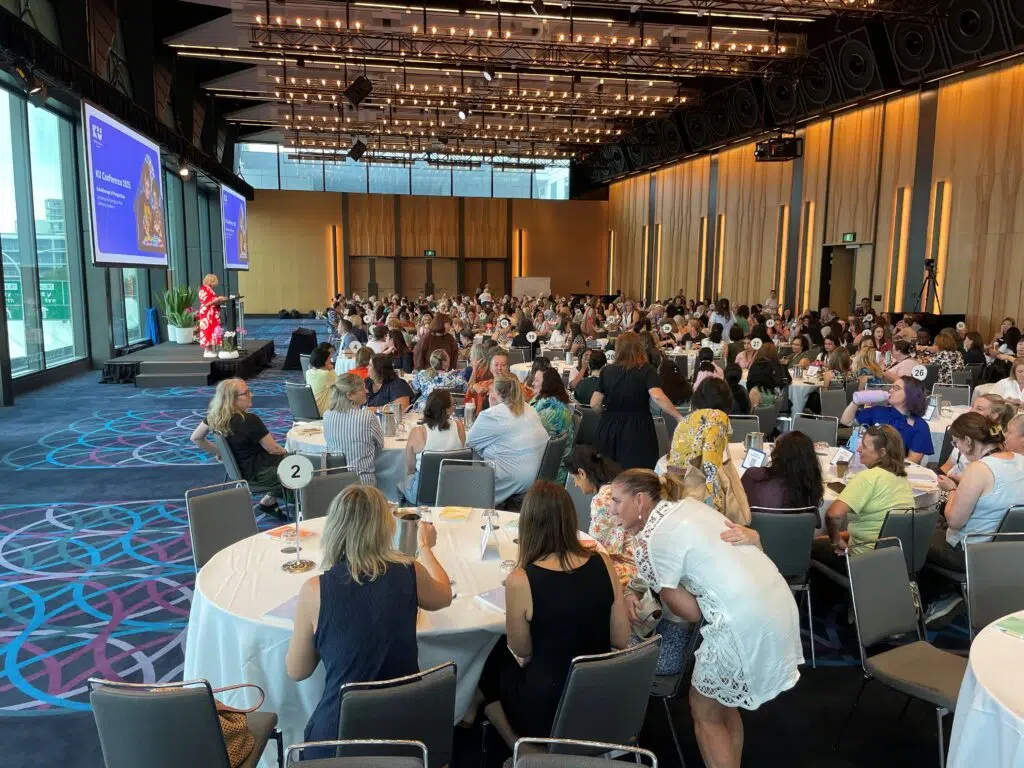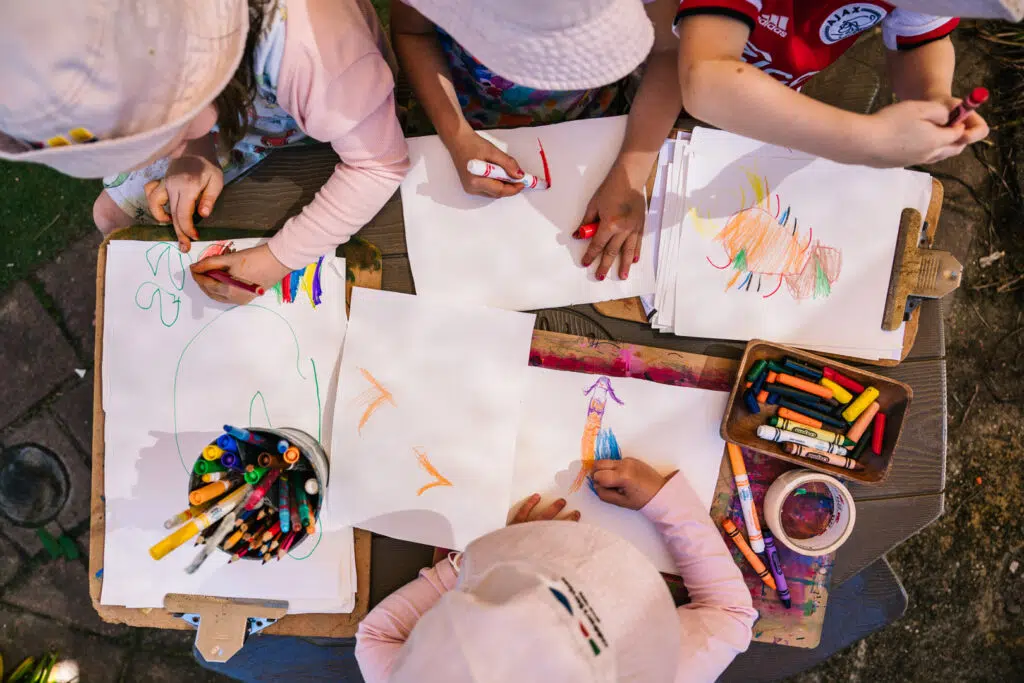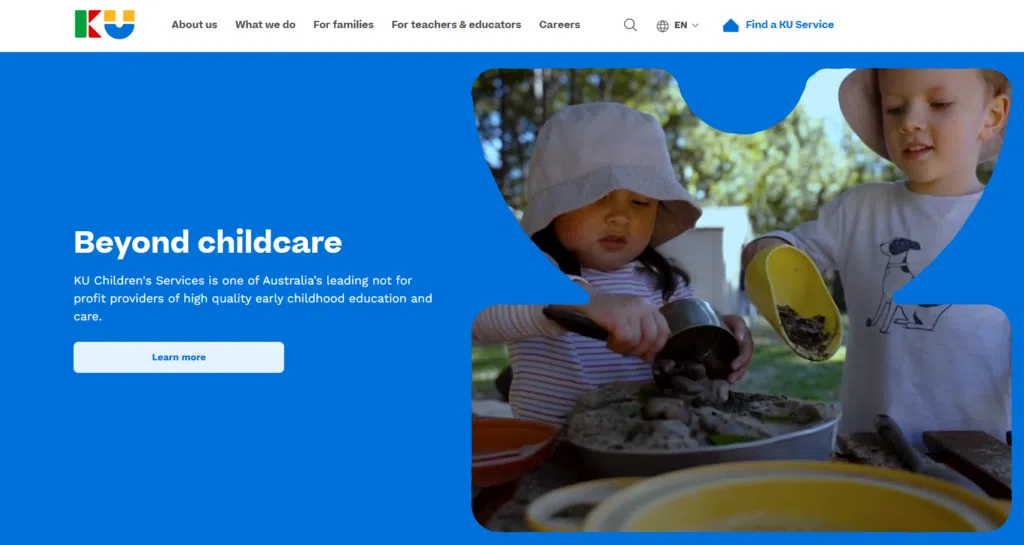
The contemporary child in a contemporary world
A recent example of children and adults working in companionship in celebrating Harmony Day.
By Sarah Kim, Honey Bird Child Care Centre
August 2024
At Honey Bird Child Care Centre, the teaching team has fostered a sensibility toward teaching and learning that focuses on children’s rights and agency, civic membership and social justice. This is supported through the practice of critical reflection and community engagement. Children’s ideas are respected and opportunities to share insights, challenge injustice and promote equity is the cornerstone of our pedagogy.
I would like to take this opportunity to share one very recent example of children and adults working in companionship as teachers and learners in celebrating Harmony Day.
‘We can do so much more than just wearing orange’
The inclination to critically reflect on ‘taken for granted’ experiences can come up when least expected. This happened for me when I inadvertently overheard an educator in conversation; “We just need to tell the children to wear orange and plan something to introduce diversity, is that right?”
This gave me pause to question “Is it really that easy? Is it meant to be that simple?” This pondering was the prompt for some critical thinking and assessment – a lightbulb moment for me as a teacher and one that has forever changed my practice and perspective on Harmony Day.
The first thing I did was to research the origins of Harmony Day and found its origin in the United Nations International Day for the Elimination of Racial Discrimination. This day was to remember and mourn the people lost in the Sharpeville Massacre in South Africa on 21 March 1969. The Massacre took 69 lives and injured 180 people.
This finding inspired further pondering:
- “How did a day of sadness become a day of celebration?”
- “What are we missing out on by celebrating Harmony Day?”
- “What is the difference between Harmony Day and the International Day for the Elimination of Racial Discrimination?”
I offered these questions to the team, and we discussed the idea that Harmony Day has been criticised for being purely a celebration of multiculturalism in Australia, with no public acknowledgement of its roots, being a commemoration of the Sharpeville massacre. Nor is there an acknowledgement of the existence of racism in Australia (Australian Human Rights Commission, 2023).
“Elimination of Racial Discrimination Day sounds very different from Harmony Day,” one educator commented during the staff meeting. I asked her to explain “What exactly is different? Can you elaborate?”.
“The first one is more like, ‘I will fight for you; I stand by you’, and the second one says ‘let’s celebrate, we like everyone’ so it is missing its core meaning.”
This prompted the team to re-evaluate Harmony Day and propose a shift toward engendering a focus on International Day for the Elimination of Racial Discrimination.
How can we as a learning community honour International Day for the Elimination of Racial Discrimination?
Children readily recognise similarities and differences as unique attributes of individuals, and often formulate groups based on hair colour or eye colour. Did skin colour, cultural or linguistic diversity also determine specific groups? And so, the reframing of thinking began.
Families were delighted to support the discussions and applauded the rationale behind celebrating International Day for the Elimination of Racial Discrimination. Positive feedback and encouragement from the families verbally and via our digital platform supported the team’s efforts in talking with children about racism, justice and unfair behaviours.

A selection of quality literature was often the catalyst for some interesting, thought provoking and often heartwarming discussions. The children reflected on hair colour and texture and skin tones and were encouraged to think whether differences made a difference in how we think and act. Does skin colour affect how you play and learn? What differences do you notice?
- “I have beautiful brown skin.”
- “I have curly hair just like you!”
- “I have blue eyes and you have brown eyes but guess what’s the same?”
- “Blood! Blood is the same, and our hearts, and…….!”
- “And we laugh! Laugh is the same”
The children found the heart of ‘being me’ and ‘we’ as they quickly and joyfully found the similarities – the essence of being human with blood and smiles and loud bursts of laughter.
The children were then asked, “What would you do when you see someone treating your friend unfairly because of the way they look?”
- “I will tell them to stop it, and also, I will hug my friend.”
- “I will say only kind people can be our friends and you are mean.”
- “I will say what they do is wrong and don’t do it again.”
- “That is racism. Abi (educator) said it is called Racism, we say No racism, only love and kindness.”
How can we share this message?
The children at Honey Bird are seen as active members of the local community. They are visible in the community and welcomed into many places and spaces in the precinct, sharing their views about creating a better world. As activists they have championed education for sustainability creating posters and flyers about recycling and single use plastics. With this in mind, the children decided to make posters and flyers that would remind community stakeholders to be kind and caring and to challenge racism.
- “If you give this to someone who doesn’t know, they will learn from us that means we can teach them”, one child announced as the purpose of her work.
- “Say Yes to Love” “No to Hate”
- “Stop Bullying” “We are One.”
- “Racist Not Welcome”
- The children wrote what they wanted to tell others.
- “Let’s take these outside, show them and teach them.”
- “If you are a good friend, you will stand up for your friend and tell them to stop bullying.”
- “If I see someone being mean to my friend, I protect my friend.”
The children’s comments seemed to echo the sentiments shared by educators as they began to initially ponder the meaning of Harmony Day. They so clearly articulated that same powerful message behind the International Day for the Elimination of Racial Discrimination.
“I will fight for you, and I stand by you”. The children were ready and prepared and determined to share this message to be brave enough to stand up for themselves, and for others. Enacting their right to have a say in all matters affecting their lives (UNCRC Article 12).
We took our flyers and banners and statements into the community, local cafes and family workplaces. We walked around and talked to the people about IDFERD. We handed out our flyers and let them know we need to be kind to others, and we shouldn’t be mean to others just because of the way they look.
On our return to Honey Bird the children eagerly shared their reflections on the experience:
- “One lady said I am brave.”
- “They said they will be very nice to their friends. That made me happy.” “I was a little shy to talk to people… but I pushed through.” “What made you push through?” I asked. “I pushed through, because… I wanted to tell them to be kind.”
Considerations
- Consider pedagogical pursuits that value children as civic participants. Recognise the pedagogical opportunities to support, challenge and sustain children’s appetites to engage in thinking, action, research and resolutions.
- Consider the potential for educators to lean into courage to interrogate embedded taken for granted practices, to be bold and brave and embrace the space of uncertainty. Trust children to step into the role of co-learners and co- teachers.
- Consider respecting children’s capacities to be actively involved in social justice advocacy as rights holders.
- Consider ways to elevate community perceptions of young children and the identities of early education professionals.
- Consider documenting contemporary children as visible and heard in a contemporary world. Documentation is both a memory for children and a catalyst for children’s continued agency as community members and activists.
“
Making the country better for those yet unborn who will never know the seat you took, the ride you rode, the risk you accepted, the fare you paid, the change you made.
Charles Person, Civil Rights Activist
Want to know more?
To learn more about the what, why and how of philosophy and the full range of KU Learning and Development courses and events, click the below button.



